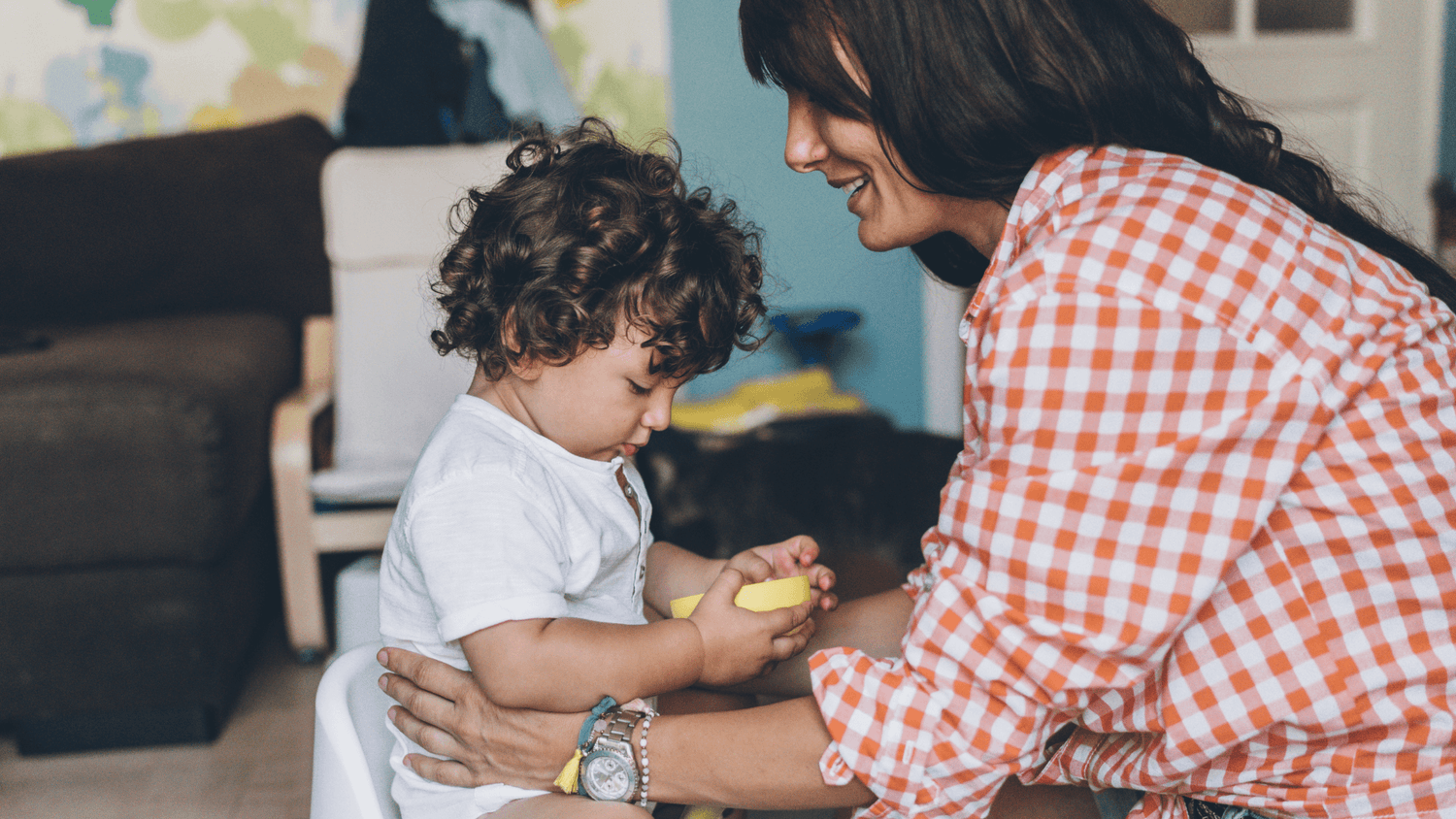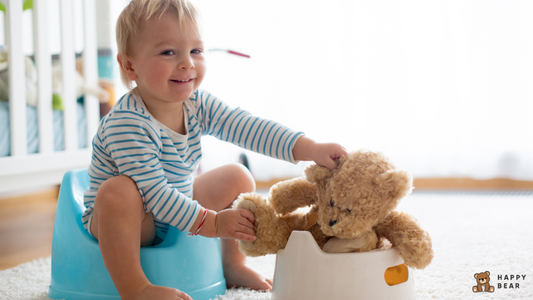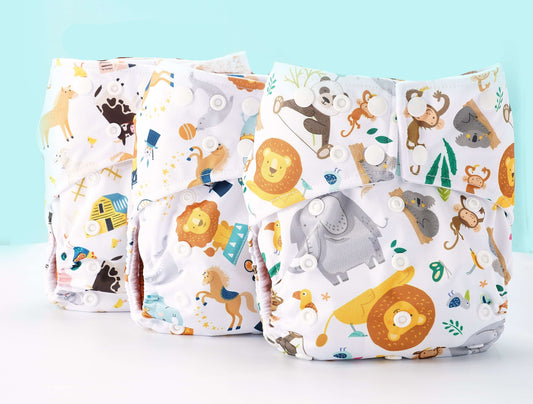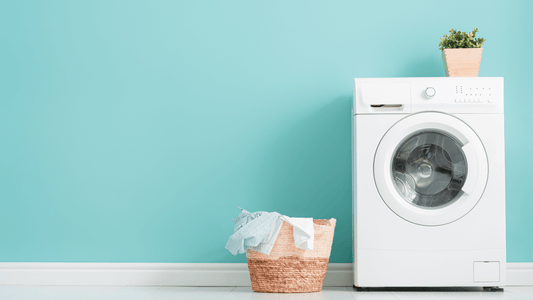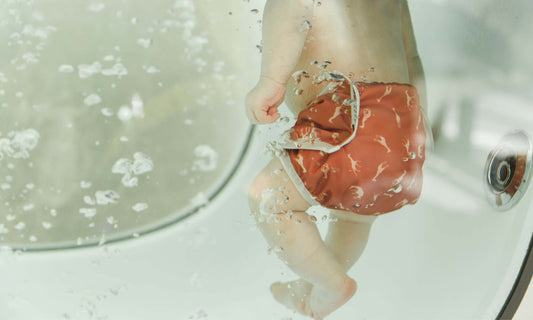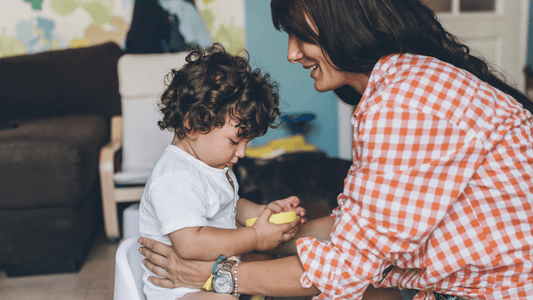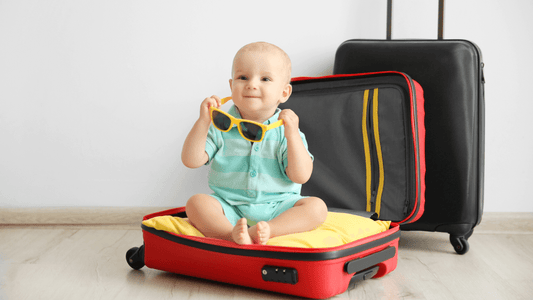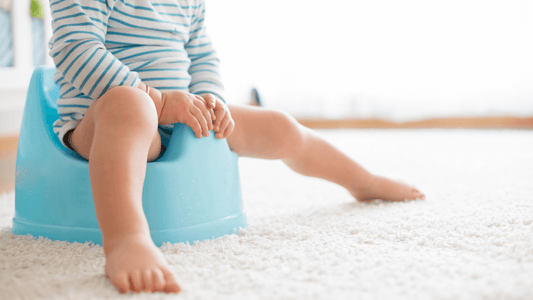Toilet training is an important stage in the development of every child. For children who spend a large part of their time in childcare, childcare plays a crucial role in this process. More and more childcare centers recognize this responsibility and integrate the use of training pants into their programs. Below we explore why training pants are such a valuable tool in childcare and how they contribute to children's toilet training.
The importance of training pants in childcare
Training pants act as a bridge between diapers and regular underwear. They are designed to deal with minor accidents without the need for immediate major cleaning, which is ideal for the dynamic environment of childcare. This ability to handle 'accidents' without much disruption provides a positive and stimulating environment for children to continue their toilet training even when they are away from home.
Advantages of training pants in childcare:
-
Consistency in Training: By using training pants both at home and in daycare, children experience consistency in their toilet training, which accelerates the learning process.
-
Encourage independence: Training pants are easy to put on and take off, which encourages children to go to the toilet independently. This strengthens their self-confidence and promotes the development of self-care skills.
-
Social Learning: Children often learn through imitation. In a childcare setting, where they see their peers also using training pants and actively participating in toilet training, they are motivated to do the same.
-
Comfort and Hygiene: Training pants provide a comfortable transitional step that protects children's skin from irritation, while keeping the childcare environment cleaner and more hygienic.
Approach in childcare
Several childcare centers that have adopted training pants from brands such as HappyBear share positive experiences. These centers emphasize the importance of a partnership with parents to ensure a uniform approach. Communication is key here; Regular updates on progress and challenges allow parents and caregivers to better respond to the child's needs.
Tips for childcare centers:
- Parent Involvement: Work closely with parents to ensure consistency in toilet training between home and daycare.
- Education: Offer information and workshops for parents about the use and benefits of training pants.
- Positive Reinforcement: Use positive reinforcement to encourage and praise children for their attempts to use the potty.
- Patience and Understanding: Every child is unique and becomes toilet trained at their own pace. It is important to be patient and understanding during this process.
Conclusion
The role of daycare in toilet training is undeniable. By integrating training pants into their programs, child care centers can provide a supportive and consistent learning environment that is essential for successful toilet training. With the right approach and collaboration between childcare centers and parents, training pants can be a valuable tool in the journey to independence for every child.

